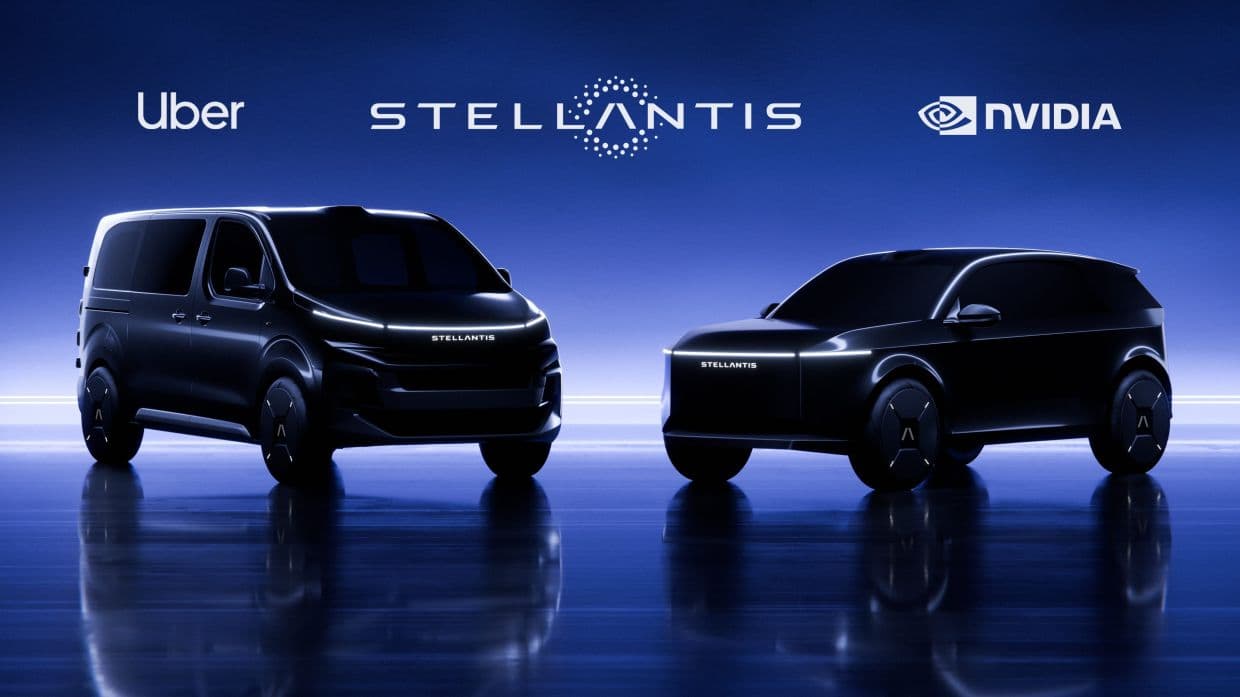We're loading the full news article for you. This includes the article content, images, author information, and related articles.
The landmark deal signals a long-term threat to the livelihoods of thousands of Kenyan ride-hailing drivers, even as local deployment faces significant infrastructural and regulatory hurdles.

Ride-hailing giant Uber and artificial intelligence powerhouse Nvidia announced a major partnership on Tuesday, October 28, 2025, to deploy a global fleet of 100,000 autonomous robotaxis starting in 2027. The announcement, which sent ripples through the global transport and technology sectors, outlines a future where driverless vehicles could become a mainstream feature of urban mobility.
While the initial rollout will focus on the United States and other international markets, the strategic shift by one of Kenya's largest ride-hailing platforms raises profound, long-term questions about the future of the gig economy and the livelihoods of thousands of drivers in Nairobi, Mombasa, and other urban centres.
The partnership will see Uber's vast ride-hailing network integrated with Nvidia's advanced AI and computing infrastructure. Specifically, the vehicles will be powered by Nvidia's DRIVE AGX Hyperion 10 platform, a system of computers and sensors designed to enable Level 4 autonomy, where vehicles can operate independently under most conditions. "Robotaxis mark the beginning of a global transformation in mobility — making transportation safer, cleaner and more efficient," said Nvidia CEO Jensen Huang in a statement released on Tuesday. Uber CEO Dara Khosrowshahi added that the partnership will help "unleash L4 autonomy at enormous scale."
Automaker Stellantis, which owns brands like Peugeot and Fiat, is set to be an initial manufacturer, supplying at least 5,000 vehicles for the network, with production targeted for 2028. Nvidia is also collaborating with Mercedes-Benz and Lucid on developing vehicles compatible with the technology.
This move marks a significant change in Uber's strategy. In December 2020, the company sold its in-house self-driving unit, the Advanced Technologies Group (ATG), to autonomous vehicle startup Aurora. That sale, which followed a tragic 2018 incident where an Uber autonomous test vehicle killed a pedestrian, was seen as a retreat from the capital-intensive race to develop the technology from scratch. By partnering with Nvidia, Uber is now shifting from being a developer to a platform operator for autonomous vehicles, leveraging its global network to deploy technology built by others.
For the thousands of Kenyan drivers who rely on the Uber platform, the prospect of driverless cars is a distant yet existential threat. At present, Kenya lacks the legal, regulatory, and infrastructural framework to support autonomous vehicles. According to analyses of the local context, challenges include poorly maintained roads, unpredictable traffic patterns involving pedestrians and boda-bodas, and the absence of high-definition digital maps.
Furthermore, there is currently no specific legislation from the National Transport and Safety Authority (NTSA) or the Ministry of Transport governing the testing or deployment of autonomous vehicles. Existing regulations, such as the NTSA Act, focus on human drivers and conventional vehicle safety standards, like mandatory speed governors and inspections. A 2018 analysis by Strathmore University's Centre for Intellectual Property and Information Technology Law highlighted the legal vacuum, noting that complex questions of liability in the event of an accident remain unanswered.
Despite these hurdles, the global trend is clear. The Uber-Nvidia announcement is the strongest signal yet of the ride-hailing industry's long-term vision to reduce its reliance on human drivers, its largest operational cost. This could eventually force a significant shift in Kenya's gig economy, impacting employment, urban transport, and policymaking.
The road to a fully autonomous future is fraught with challenges, even in developed markets. Companies like Google's subsidiary Waymo and, formerly, GM's Cruise have been testing robotaxis in US cities for years, encountering a mix of successes and setbacks. Waymo currently operates in several US cities and provides over 250,000 paid rides per week. However, the industry has also faced regulatory scrutiny, public skepticism, and technical difficulties. Cruise, for instance, suspended its operations in late 2023 following an accident and a subsequent cover-up, eventually folding its robotaxi research division in December 2024 after accumulating over $10 billion in losses.
These experiences demonstrate that deploying robotaxis at scale is technically complex, expensive, and requires navigating a patchwork of local and national regulations. The 2027 target set by Uber and Nvidia is ambitious and depends on overcoming these significant hurdles.
While the sight of a robotaxi navigating the streets of Nairobi is not on the immediate horizon, this week's announcement is a critical indicator of the direction of global transport technology. For Kenyan policymakers, transport authorities, and the workforce that powers the current ride-hailing ecosystem, it underscores the urgent need to begin planning for a future that may be driverless.
Keep the conversation in one place—threads here stay linked to the story and in the forums.
Other hot threads
E-sports and Gaming Community in Kenya
Active 6 months ago
Popular Recreational Activities Across Counties
Active 6 months ago
The Role of Technology in Modern Agriculture (AgriTech)
Active 6 months ago
Investing in Youth Sports Development Programs
Active 6 months ago